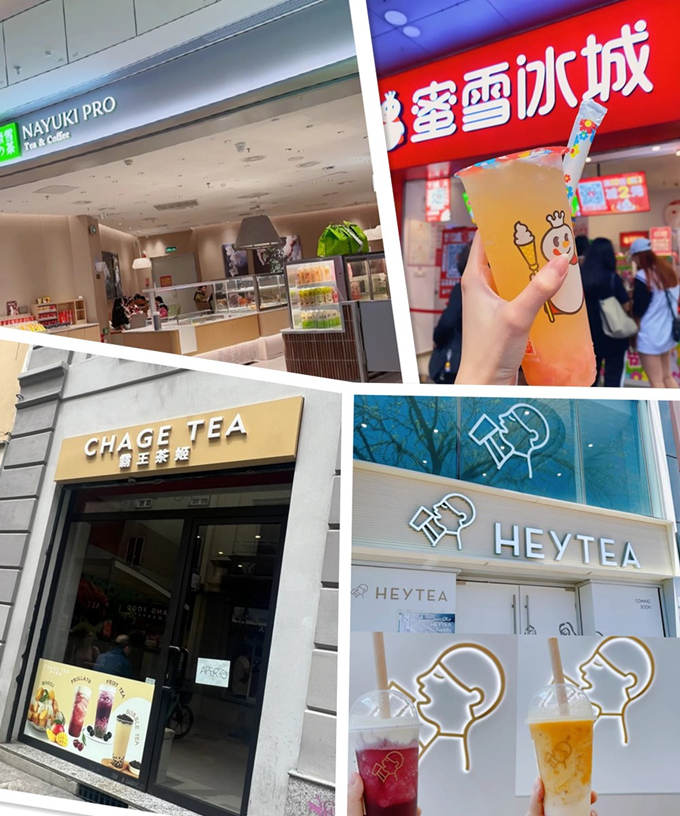Keywords: milk tea brands going overseas, new-style tea drinks, overseas markets, Southeast Asian market, localization strategy
In recent years, as competition in the domestic market has intensified for Chinese new-style tea brands, they have turned their attention overseas, setting off a wave of going global. Southeast Asia, with its geographical proximity, large Chinese population, and similar cultural background, has become the first choice for many brands to test the waters overseas. Leading brands such as HEYTEA, Nayuki’s Tea, Mixue Bingcheng, and Chengegye have opened stores in Singapore, Malaysia, Thailand, and other countries, and have achieved some success.

Data Source: “2032 Tea Market Report”, “2023 New Tea Drink Research Report”
I. Southeast Asia: The “Second Battlefield” for New-Style Tea Brands
Southeast Asia is adjacent to China and has a large Chinese market and similar consumption habits to those in China, making it the first choice for new-style tea brands to test the waters overseas. Leading brands such as HEYTEA, Nayuki’s Tea, Mixue Bingcheng, and Chengegye have opened stores in Singapore, Malaysia, Thailand, and other places, and have achieved certain success.
- HEYTEA: Entered Singapore in 2018, accelerated its overseas expansion in 2023, and opened stores in the United Kingdom, Australia, Canada, the United States, and other countries.
- Mixue Bingcheng: Entered Vietnam in 2018 and South Korea in 2022, with nearly 4,000 stores overseas currently.
- Nayuki’s Tea: Opened its first directly-operated store in Bangkok, Thailand, in December 2023.
- Chengegye: Entered Malaysia in August 2019 and currently has nearly 100 stores in Southeast Asia.
II. The Path to Going Overseas: Opportunities and Challenges Coexist
Although the Southeast Asian market has huge potential, there are also many challenges for new-style tea brands to go overseas:
1. Fierce Market Competition: Southeast Asia has many local tea brands, and prices are generally lower than Chinese brands. Chinese brands are facing fierce competition from local brands.
2. Challenges of Localization Strategies: There are large cultural differences among Southeast Asian countries. Chinese brands need to formulate differentiated product and marketing strategies for different markets in order to win the recognition of local consumers, such as making adjustments to product taste, sweetness, and ice content to cater to local consumer preferences.
3. The Construction of the Supply Chain: The supply chain system in overseas markets is not yet perfect, and there are many difficulties in terms of raw material supply and logistics and transportation, requiring brands to invest a lot of cost and energy to build and improve.
III. Success Factors: Localization, Brand Power, and Supply Chain
In order to succeed in overseas markets, new-style tea brands need to focus on the following aspects:
Deeply Cultivate Localization: Deeply understand the taste preferences, cultural customs, etc. of local consumers, develop products that better meet the needs of the local market, and formulate more down-to-earth marketing strategies.
Creating Brand Differentiation: In the fierce market competition, brands need to create a unique brand image and product characteristics in order to leave a deep impression in the minds of consumers and enhance brand competitiveness.
Improve the Supply Chain System: Building an efficient and stable supply chain system to ensure the supply of raw materials and product quality is the key to the long-term development of the brand.



